
Cologne Cathedral is a Catholic cathedral in Cologne, North Rhine-Westphalia. It is the seat of the Archbishop of Cologne and of the administration of the Archdiocese of Cologne. It is a renowned monument of German Catholicism and Gothic architecture and was declared a World Heritage Site in 1996. It is Germany's most visited landmark, attracting an average of 20,000 people a day. At 157 m (515 ft), the cathedral is currently the tallest twin-spired church in the world, the second tallest church in Europe after Ulm Minster, and the third tallest church in the world. It is the largest Gothic church in Northern Europe and has the second-tallest spires. The towers for its two huge spires give the cathedral the largest façade of any church in the world. The choir has the largest height-to-width ratio, 3.6:1, of any medieval church.

Bruno the Great was Archbishop of Cologne from 953 until his death and Duke of Lotharingia after 954. He was the brother of Otto I, Holy Roman Emperor.

Maximilian Emanuel Ainmiller was a German artist and glass painter.
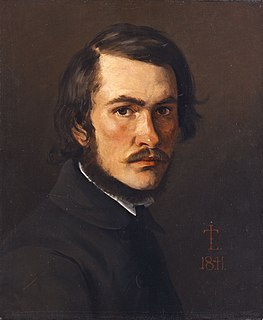
Johan Thomas Lundbye was a Danish painter and graphic artist, known for his animal and landscape paintings. He was inspired by Niels Laurits Høyen's call to develop nationalistic art through depictions of Denmark's characteristic landscapes; the historical buildings and monuments, and the country's simple, rural people. He became one of his generation's national romantic painters, along with P. C. Skovgaard and Lorenz Frølich, to regularly depict the landscape of Zealand.
Events from the year 1766 in art.

Diego de Leyva was a Spanish painter. He was born at Haro in La Rioja. He is supposed to have spent his youth at Rome, and returned to Spain a painter, and settled at Burgos. In 1628 he was commissioned by the Chapter of Burgos to paint the portraits of certain dignitaries for the chapel of St. Catalina in the cathedral, and for the chapel of the Virgin he painted a picture of the Presentation.

Jacopo di Mino del Pellicciaio was an Italian painter, active in Siena.

Conrad von Soest, also Konrad in modern texts, or in Middle High German Conrad van Sost or "von Soyst", was the most significant Westphalian artist and painted in the so-called soft style of International Gothic. He played a leading role in the introduction of this International Courtly Style to Northern Germany around 1390 and influenced German and Northern European painting into the late 15th century. He was the master of a thriving workshop and was accepted into the social circle of the cosmopolitan patrician elite of Dortmund. Dortmund was then a leading and very prosperous member of the influential Hanseatic League.
Carl Hasenpflug (1802–1858) was a German artist who specialized in landscape painting, primarily the rendering of architecture.

Heinrich Maria von Hess was a German painter, a member of the Nazarene movement.

Tobias Andreae, who was born at Frankfurt-am-Main in 1823, studied under J. Becker, and then went to Munich, where he made the acquaintance of Carl Rahl and Bonaventura Genelli. In 1853 he visited Italy, and painted landscapes, into which he occasionally introduced moonlight effects. Andreae died at Munich in 1873.

Pablo da San Leocadio or Paolo da Reggio was an Italian painter from Reggio Emilia, who was mostly active in Spain.
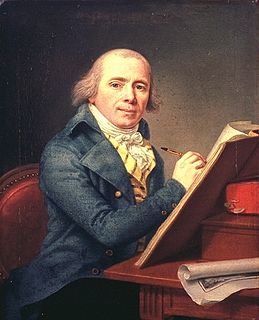
Johann (Kaspar) Benedikt Beckenkamp (1747–1828) was a German painter.
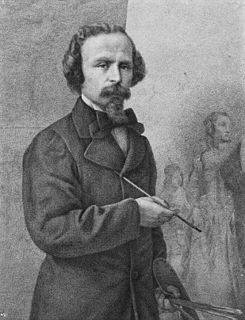
Francesco Coghetti was an Italian painter and art school administrator.
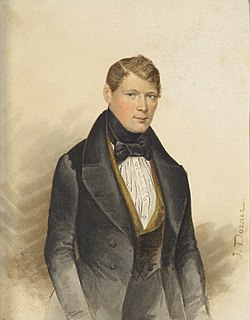
Johann Conrad Dorner was an Austrian painter.
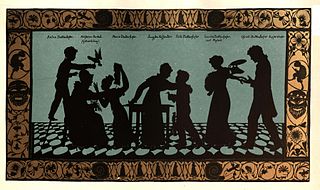
Christian Friedrich Traugott Duttenhofer was a German engraver.
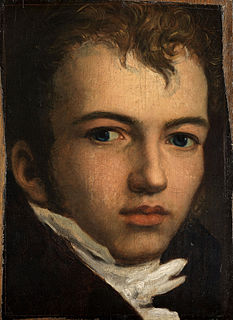
Carl Johann Adolf Eggers was a German history painter.
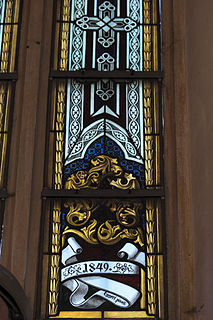
Franz Xaver Eggert was a German glass painter.

Carl Georg Enslen was an Austrian-born German painter.
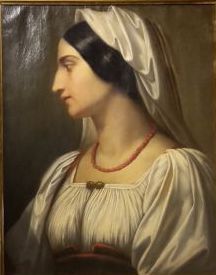
Joseph Anton Fischer (1814–1859) was a German painter born at Oberstorf, Algäu.



















